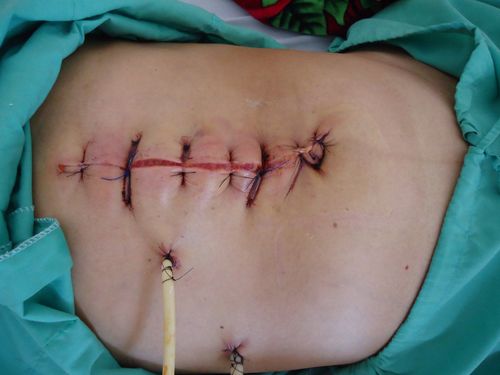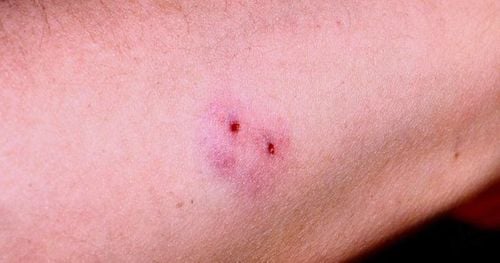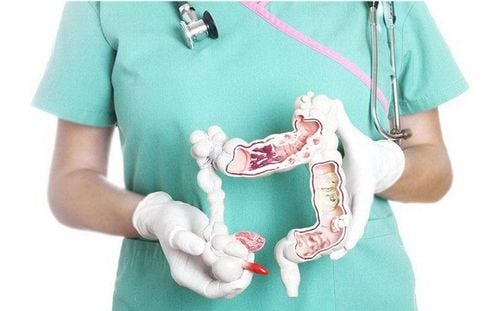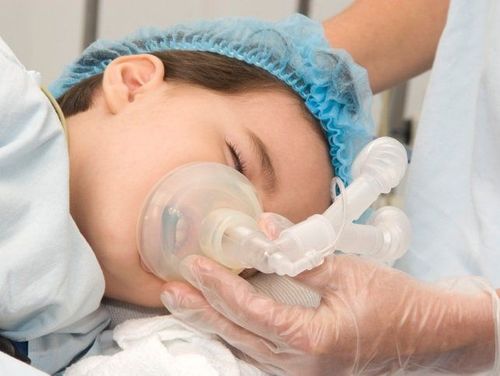This is an automatically translated article.
Anastomosis podium is a dangerous complication, acute in nature and common in some digestive surgery, possibly bowel surgery. The gastrointestinal junction should be found out the cause and treated as soon as possible to avoid causing serious conditions, including the risk of death.
1. What is a connecting podium?
After gastrointestinal surgery such as intestinal anastomosis, oesophageal surgery or anastomosis, if the mouth is not connected with these parts of the digestive tract, it will cause a very dangerous condition called a rupture. anastomosis after gastrointestinal surgery. There are many types of anastomosis but some factors affecting the prognosis are very poor that need attention after surgery, which are:
Anastomosis in the first 48 hours after surgery Intrathoracic anastomosis There is a condition mediastinitis, purulent mediastinitis Appears necrosis of the grafts of the digestive organs. Some symptoms of anastomosis after gastrointestinal surgery that need to be noted for timely treatment are:
Gastrointestinal leak following the thoracic drain or neck and abdominal drains After removal of the tube With chest drainage, the patient may have signs of subcutaneous emphysema, abscess-abscess, cervical fluid leak, pneumothorax, pleural effusion... but no cause can be found. Occurrence of symptoms of peritonitis Occurrence of pneumothorax inside the abdomen There is a state of infection, toxicity manifested by some symptoms such as fever, tachycardia, low blood pressure...

Bục miệng nối sau phẫu thuật có thể gây tràn khí màng phổi
For subclinical, patients with anastomosis after gastrointestinal surgery often have X-ray results as follows:
The image of mediastinum is dilated. Air is present in the peritoneum, mediastinum, pleural cavity and possibly even under the skin of the neck. In case the patient still holds the pleural tube, the contrast agent and methylene blue can be seen coming out through this tube when taking X-ray with contrast If the patient has severe symptoms such as difficulty swallowing If the patient cannot swallow, the digestive graft should be investigated to find out the cause of the patient's severe symptoms. The main cause of anastomosis is explained by the rupture of the digestive graft or the anastomosis of the digestive organs during surgery, causing many dangerous complications including death. In some cases, patients may also experience necrosis and perforation of digestive grafts after intestinal anastomosis, increasing the risk of postoperative mortality.
In addition, the reason is also explained that the preoperative assessment of the patient's condition is unreasonable, leading to the anastomosis. Specifically, for some cases, the patient's body does not meet the conditions to perform surgery to make anastomosis such as the body is exhausted, has a serious infection in the abdomen, typically peritonitis or pressure-vehicle, but the surgery was still carried out, causing the patient to have an anastomosis and an anastomosis leak after the surgery ended.
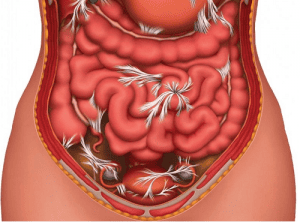
Bệnh nhân bị viêm phúc mạc vẫn tiến hành phẫu thuật dễ dẫn tới bục miệng nối
2. Treatment of anastomosis after gastrointestinal surgery
The way to deal with the anastomosis is to surgically and suture the anastomosis, and at the same time establish a fistula through the pipeline or place a tube in and around the anastomosis for continuous suction. Indications for suturing the position of the anastomosis include:
Early anastomosis or anastomosis within the first 72 hours after gastrointestinal surgery Intrathoracic anastomosis Inflammation of the mediastinum or peritoneum Body Infected, poisoned More specifically, for each type of anastomosis, the treatment will be carried out as follows:
Neck stoma: This type of stoma is less likely to lead to death but has the potential to cause serious illness. narrowing of the anastomosis should be treated by local wound care, then use other grafts with stalks from the abdomen or other digestive grafts with microsurgery capable of perfusion to fit the puncture site. . Because the neck splint has few complications and is self-healing, this conservative approach is very suitable. The secretions in the neck area will be drained into a plastic bag, and the patient will be instructed to stop eating and drinking during the treatment period. Intrathoracic anastomosis: Contrary to thoracotomy, intrathoracic anastomosis is very dangerous and the risk of necrosis is very high, so the treatment is also very complicated, including techniques such as: excision of necrotic tissue, drainage of purulent fluid in the pleura, dissection of the pleura... In some other cases, patients need to be partially or completely removed from the necrotic graft to handle the condition. infection or toxicity of the whole body. The secretions will be drained to the mediastinum by a large tube, the patient must also fast and receive broad-spectrum antibiotics.
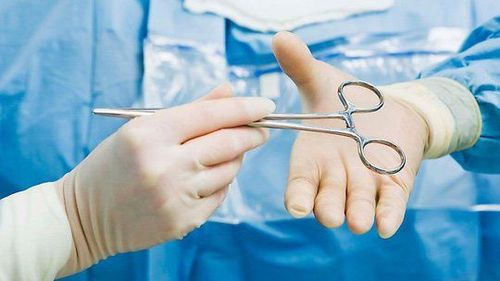
Tiến hành cắt ghép một phần hoặc toàn phần vùng bị hoại tử của bệnh nhân
Intra-abdominal anastomosis: This is the condition of anastomosis after surgery to connect the esophagus and small intestine in the treatment of total gastrectomy. When there is an anastomosis in the abdomen, the most typical symptom is peritonitis, which occurs between the 4th and 10th day after surgery. The treatment direction for this condition is to re-operate, remove the old anastomosis, then suture the small intestine and open the jejunum to the skin to feed the patient. At the same time, the patient was also placed Foley tube from the abdominal esophagus to the thoracic esophagus for the purpose of draining the esophageal fluid. Then, the abdominal oesophagus around the tube will be sutured closed, the abdominal cavity is also washed and drained. Anastomosis is one of the common complications of gastrointestinal surgery, which should be detected and treated immediately because this is an acute disease, potentially threatening the health and life of the patient.
Vinmec International General Hospital with a system of modern facilities, medical equipment and a team of experts and doctors with many years of experience in neurological examination and treatment, patients can completely peace of mind for examination and treatment at the Hospital.
To register for examination and treatment at Vinmec International General Hospital, you can contact Vinmec Health System nationwide, or register online HERE.
MORE
Incisional infection: What you need to know Risk factors for surgical site infection Classification of surgical site infections




